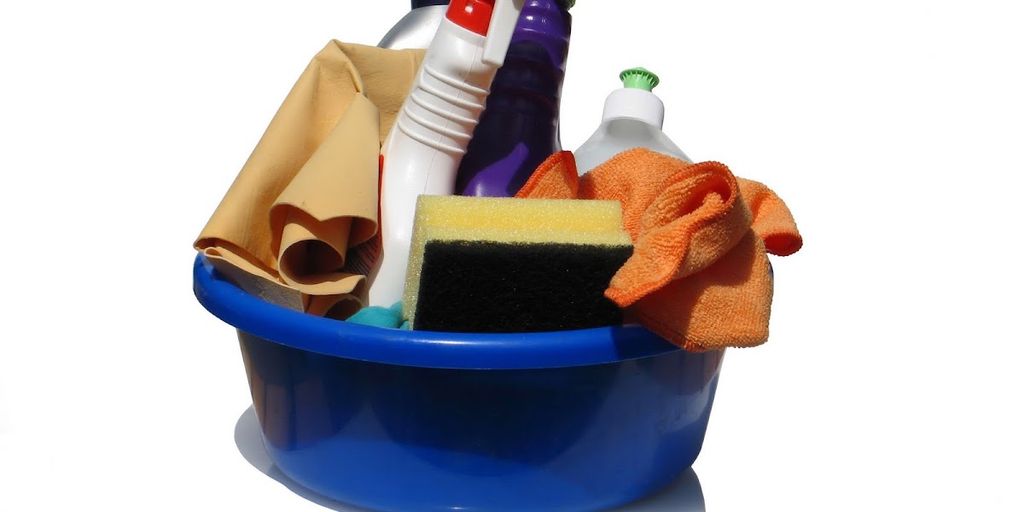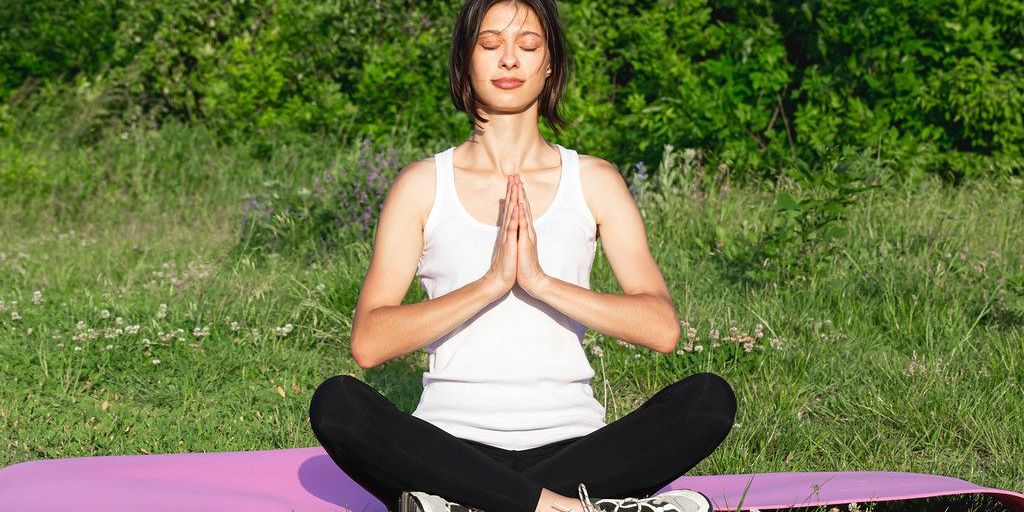
How to Make Your Own Yoga Mat Cleaner: A DIY Guide
Creating your own yoga mat cleaner is an effective way to maintain the cleanliness and longevity of your yoga mat. This DIY guide provides a comprehensive approach, from selecting the right ingredients to applying the cleaner properly. Not only does this ensure your mat stays in top condition, but it also allows you to customize the cleaner to suit your personal preferences and needs.
Key Takeaways
- Understand the importance of regular cleaning to enhance your mat's longevity and performance.
- Choose natural ingredients and essential oils for their antimicrobial properties and safety on various mat types.
- Follow a simple step-by-step guide to mix and store your homemade cleaner effectively.
- Learn the best techniques for applying the cleaner to ensure thorough cleaning without damaging the mat.
- Incorporate personal touches to the recipe and maintain proper safety measures to avoid skin irritation and other hazards.
Understanding the Need for a Yoga Mat Cleaner
Maintaining the cleanliness of your yoga mat is crucial not only for hygiene but also for ensuring optimal performance and longevity. Regular cleaning removes the contaminants that accumulate through frequent use, which can include sweat, oils, and dirt. These elements can degrade the material of the mat over time, affecting its grip and overall structure.
Benefits of Regular Cleaning
Regular cleaning of your yoga mat enhances your practice by providing a clean, safe, and inviting surface. It helps in preventing skin infections and ensures that the mat remains odor-free and visually appealing.
Common Contaminants on Yoga Mats
Yoga mats can become a breeding ground for bacteria, fungi, and viruses, especially if they are not cleaned regularly. This can lead to skin infections and unpleasant odors, making the cleaning process essential for health and comfort.
Impact on Mat's Longevity and Performance
Proper care and regular cleaning significantly extend the life of your yoga mat. By removing abrasive dirt and oils, you protect the material, maintaining the mat’s cushioning and slip-resistant properties.
Choosing the Right Ingredients for Your DIY Yoga Mat Cleaner
Natural vs. Chemical Options
When selecting ingredients for your yoga mat cleaner, the choice between natural and chemical options is crucial. Natural ingredients are gentler on both the mat and your skin, reducing the risk of irritation. They are also environmentally friendly. On the other hand, chemical cleaners can offer more potent disinfecting power but may degrade the mat's material over time and pose health risks.
Essential Oils for Antimicrobial Properties
Essential oils are not only beneficial for their pleasant aromas but also for their antimicrobial properties. Options like tea tree, lavender, and eucalyptus oil can effectively disinfect your mat while providing a calming scent. It's important to dilute these oils properly to avoid damaging the mat's surface.
Safe Ingredients for Different Mat Types
Different yoga mats require different care. For example, rubber mats can deteriorate if exposed to oils, whereas PVC mats are more resilient but can retain smells. Always test a small area of your mat with your DIY cleaner to ensure it does not damage the material or leave unwanted residues.
Note: Always consider the material of your yoga mat when choosing your cleaner ingredients to ensure optimal care and longevity.
Step-by-Step Guide to Making Your Yoga Mat Cleaner
Gathering Your Supplies
To begin, you'll need to gather all necessary supplies. This includes a spray bottle, distilled water, witch hazel or white vinegar, and your choice of essential oils. Ensure that all containers and tools are clean to avoid contaminating your cleaner.
Mixing the Ingredients
Start by filling your spray bottle halfway with distilled water. Add an equal part of witch hazel or white vinegar. Next, add 10-15 drops of your chosen essential oil. Shake the bottle well to ensure all ingredients are thoroughly mixed.
Proper Storage of the Cleaner
Store your homemade yoga mat cleaner in a cool, dry place away from direct sunlight. It's best to use a dark glass bottle to preserve the essential oils' effectiveness. Regularly check the solution and shake it before each use to keep the ingredients well combined.
Effective Application Techniques for Yoga Mat Cleaner
Spraying and Wiping Methods
To effectively clean your yoga mat, use a spray bottle to evenly distribute the cleaner across the surface of the mat. After spraying, use a soft cloth or sponge to gently wipe the mat, ensuring that the cleaner covers the entire surface. This method helps in removing dirt and maintaining the texture of the mat.
Frequency of Cleaning
Regular cleaning is crucial for maintaining the hygiene of your yoga mat. It is recommended to clean your mat after every intense session or at least once a week to prevent the buildup of sweat and bacteria. Adjust the frequency based on your usage and the type of yoga you practice.
Dealing with Stubborn Stains
For stubborn stains, apply a small amount of cleaner directly to the stain and let it sit for a few minutes before wiping it off. Use a soft brush if necessary to gently scrub the stain. Always test the cleaner on a small, inconspicuous area of the mat first to ensure it does not damage the material.
Safety Tips When Using Your DIY Yoga Mat Cleaner
Skin Sensitivity and Allergies
Always perform a patch test with your homemade cleaner on a small, inconspicuous area of the mat to check for any adverse reactions. This is crucial to ensure that neither the mat's material nor your skin is negatively affected.
Avoiding Slippery Residues
Ensure that your cleaner does not leave a slippery residue, which can be dangerous during yoga sessions. Opt for ingredients that evaporate quickly and do not leave a film on the surface of the mat.
Proper Ventilation During Use
When applying your cleaner, make sure the area is well-ventilated. This helps in the quick drying of the mat and prevents the inhalation of any strong fumes, especially if essential oils are used in high concentrations.
Customizing Your Yoga Mat Cleaner DIY Recipe
Adjusting Scent Strength
To personalize the scent strength of your DIY yoga mat cleaner, start by adding essential oils drop by drop, testing the aroma after each addition. This allows you to achieve the desired intensity without overpowering the senses.
Incorporating Personal Preferences
Your yoga mat cleaner can be tailored to reflect your personal preferences. Consider adding ingredients that resonate with your sensory preferences or ethical values, such as organic essential oils or locally sourced witch hazel.
Experimenting with Different Essential Oils
Experimenting with different essential oils not only varies the scent but also the antimicrobial properties of your cleaner. Lavender, tea tree, and eucalyptus are popular choices, each offering unique benefits. Boldly explore combinations to discover what works best for you and your mat.
Maintaining Your Yoga Mat After Cleaning
Drying Techniques
Proper drying is crucial to prevent mold and maintain the mat's grip. After cleaning, hang your yoga mat in a well-ventilated area away from direct sunlight. This ensures even drying without damaging the material.
Storing Your Mat
To keep your yoga mat in optimal condition, roll it up loosely and store it in a cool, dry place. Avoid folding the mat as it can create creases and compromise the mat's structure.
Long-term Care Tips
Regular maintenance extends the life of your yoga mat. Inspect your mat regularly for signs of wear and tear and replace it if it starts to degrade. Cleaning your mat after each intense session can prevent dirt build-up and maintain its integrity.
After cleaning your yoga mat, it's essential to maintain it properly to ensure its longevity and performance. Visit our website at Yune Yoga to explore our extensive range of yoga mats and accessories designed to complement your yoga practice. Whether you're looking for eco-friendly options or travel-friendly mats, we have something for everyone. Keep your mat in top condition and enhance your yoga experience with our high-quality products.
Conclusion
Creating your own yoga mat cleaner is not only a cost-effective solution but also a healthier choice for both you and the environment. By following the simple steps outlined in this guide, you can make a natural, effective cleaner using ingredients that are likely already in your pantry. This DIY approach allows you to customize the scent and strength of your cleaner, ensuring that your yoga practice is as refreshing and hygienic as possible. Embrace the spirit of self-care and sustainability by making your own yoga mat cleaner today!
Frequently Asked Questions
Why is it important to clean my yoga mat regularly?
Regular cleaning removes dirt, bacteria, and odors, ensuring hygiene and extending the mat's lifespan.
Can I use essential oils in my DIY yoga mat cleaner?
Yes, essential oils like tea tree or lavender have antimicrobial properties that can help disinfect and add a pleasant scent.
What should I avoid when making a DIY yoga mat cleaner?
Avoid harsh chemicals that can degrade the mat's material and cause skin irritation. Stick to natural, gentle ingredients.
How often should I clean my yoga mat?
It's best to clean your mat after every intense session or at least once a week to maintain its condition and hygiene.
What is the best way to apply the cleaner to my yoga mat?
Spray a light mist onto the mat and wipe it down with a soft cloth, ensuring even coverage without soaking the mat.
How should I store my yoga mat after cleaning it?
After cleaning, let the mat air dry completely before rolling it up. Store it in a cool, dry place away from direct sunlight.


